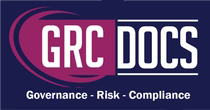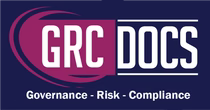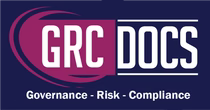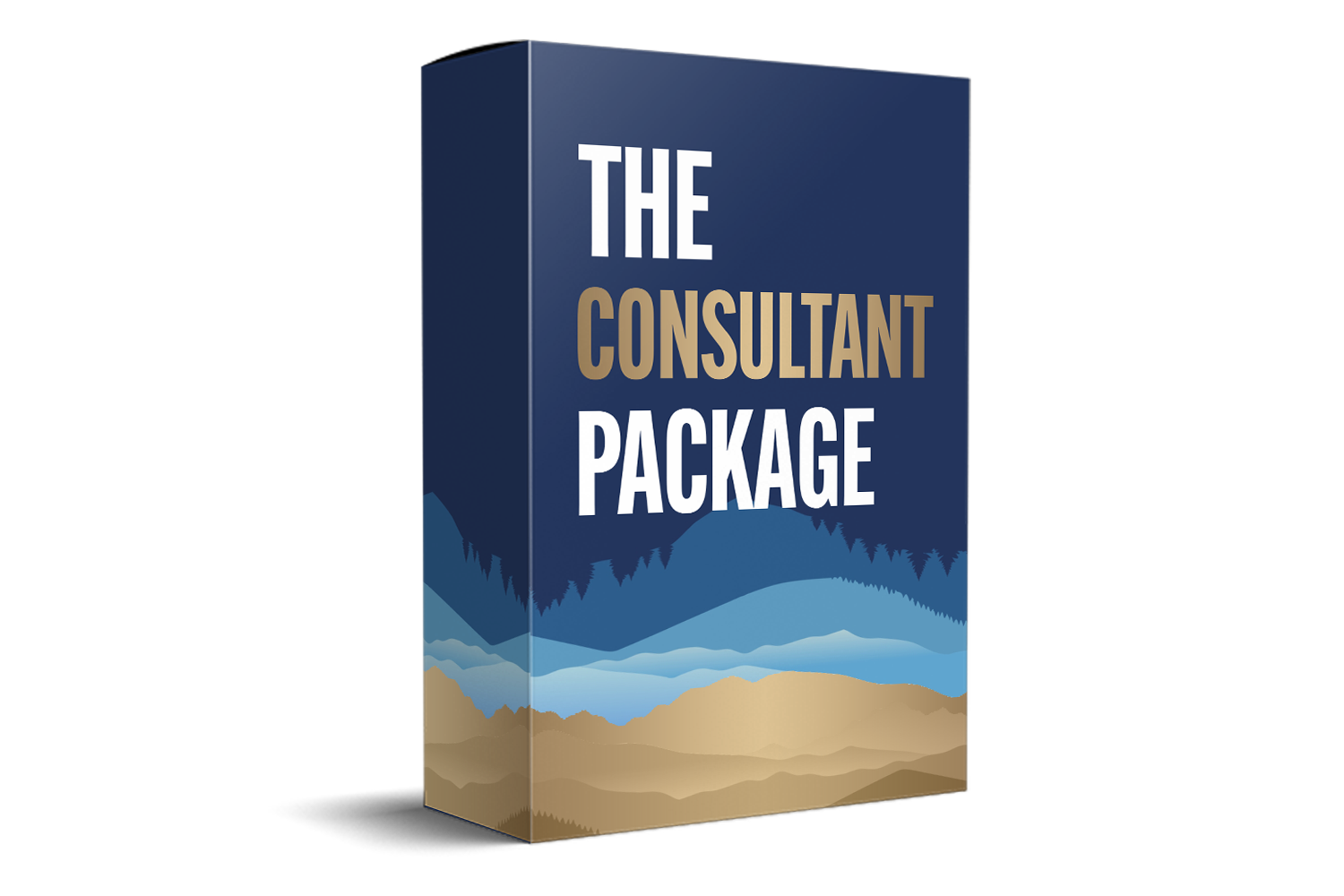SOC 2 Audit Automation Demo See How To Streamline Compliance
Introduction
In today's fast-paced business environment, maintaining compliance is more crucial than ever. With the increasing focus on data protection and privacy, organizations are under significant pressure to demonstrate their commitment to safeguarding customer information. SOC 2 audits, which assess the security, availability, processing integrity, confidentiality, and privacy of a system, are essential for organizations that handle customer data. These audits are not just a regulatory formality; they provide assurance to clients and stakeholders that an organization is trustworthy and reliable. However, the traditional SOC 2 audit process can be time-consuming, costly, and prone to human error. This is where automation steps in to revolutionize the way we approach these audits. By leveraging technology, companies can streamline the audit process, minimize errors, and ensure compliance more efficiently.

Benefits Of SOC 2 Audit Automation
The benefits of automating SOC 2 audits are numerous and impactful:
-
Time Savings: Automation significantly reduces the time required to prepare for and conduct an audit. Tasks that once took weeks or months can now be completed in a fraction of the time. This rapid turnaround is crucial in today's competitive market, where time is often equated with money. Additionally, freeing up time allows teams to focus on other critical business functions, driving overall productivity.
-
Improved Accuracy: By minimizing human intervention, automation reduces the risk of errors in data collection and analysis, ensuring more reliable results. Human errors, often caused by fatigue or oversight, can lead to significant setbacks in the audit process. Automated systems, on the other hand, follow precise algorithms that ensure consistent and accurate data handling.
-
Cost Efficiency: Automation reduces the need for extensive manual labor, leading to cost savings in terms of personnel and resources. With fewer people required to manage the audit process, organizations can allocate their financial resources more effectively. This efficiency also extends to reducing the need for costly external consultants or auditors.
-
Real-time Monitoring: Automated systems can continuously monitor compliance status, providing real-time insights and alerts on any issues that need attention. This proactive approach ensures that potential compliance breaches are addressed before they become significant problems. Organizations can maintain a continuous compliance posture, which is particularly beneficial in highly regulated industries.
-
Scalability: As your organization grows, automated solutions can easily scale to accommodate increased data volumes and complexity without a significant increase in workload. Scalability is a critical advantage for companies looking to expand their operations or enter new markets. Automated tools can adapt to the growing needs of the organization, ensuring consistent compliance regardless of size or complexity.
How Does SOC 2 Audit Automation Work?
SOC 2 audit automation involves several key components and steps that work together to simplify the audit process. By integrating these components, organizations can achieve a seamless and efficient audit experience.
-
Data Collection: Automated systems connect to your organization's IT infrastructure, collecting data from various sources such as servers, databases, and applications. This data is crucial for demonstrating compliance with SOC 2 criteria. The ability to gather data from multiple sources in a centralized manner simplifies the audit process and ensures that no critical information is overlooked. Moreover, automated data collection reduces the risk of data discrepancies that can arise from manual data entry.
-
Data Analysis: Once collected, the data is analyzed against SOC 2 requirements. Automation tools use predefined criteria and algorithms to assess compliance, identifying areas that meet standards and highlighting any gaps. This analysis is not only faster but also more thorough, as automated tools can process large volumes of data with precision. Organizations can receive detailed insights into their compliance status, allowing for targeted improvements and strategic planning.
-
Reporting: After analysis, the system generates comprehensive reports that detail compliance status. These reports are formatted to meet the needs of auditors, making it easier for them to review and verify the information. Automated reporting ensures that all necessary documentation is accurate and up-to-date, reducing the likelihood of audit delays. Furthermore, these reports can be customized to address specific audit requirements or stakeholder concerns, enhancing their utility.
- Continuous Monitoring: Automation doesn't stop once the audit is complete. Continuous monitoring features allow organizations to maintain compliance by tracking changes in real-time and alerting stakeholders to any potential issues. This ongoing vigilance is crucial for adapting to new regulations or emerging threats. Organizations can ensure that they remain compliant over time, building trust with their clients and regulators.
Choosing The Right Automation Tool
Selecting the right SOC 2 audit automation tool is crucial for maximizing the benefits of automation. The right tool can make the difference between a seamless audit process and one fraught with challenges.
-
Ease of Integration: Ensure the tool can seamlessly integrate with your existing IT infrastructure and systems. A tool that requires significant changes to your current setup can create unnecessary complications and costs. Look for solutions that offer plug-and-play capabilities for a smoother transition.
-
Customization: Look for solutions that offer flexibility to tailor the automation process to your organization's specific needs and compliance requirements. The ability to customize ensures that the tool can adapt to unique business processes and industry standards. This flexibility is particularly important for organizations operating in niche markets or with specialized compliance requirements.
-
User-Friendly Interface: A tool with an intuitive interface will be easier for your team to adopt and use effectively. A complex or confusing interface can lead to user resistance and decreased productivity. An accessible design ensures that all team members, regardless of technical expertise, can engage with the tool effectively.
-
Support and Training: Choose a provider that offers robust support and training resources to help your team get the most out of the automation tool. Comprehensive support ensures that any issues are promptly addressed, minimizing disruptions to the audit process. Training resources empower your team to use the tool effectively, maximizing its benefits.
-
Proven Track Record: Research the tool's reputation and success stories from other organizations similar to yours. A proven track record provides assurance of the tool's reliability and effectiveness. Look for testimonials, case studies, and independent reviews to gauge the tool's performance in real-world scenarios.
Challenges And Considerations
While the benefits of SOC 2 audit automation are clear, there are challenges and considerations to keep in mind. Organizations must navigate these challenges to ensure a successful implementation.
-
Initial Setup: Implementing automation tools requires an initial investment of time and resources to set up and configure the system properly. This setup phase is crucial for ensuring that the tool aligns with organizational processes and compliance needs. Proper planning and resource allocation can mitigate potential delays and complications.
-
Data Privacy: Ensure that the automation tool complies with data privacy regulations and does not compromise sensitive information. Organizations must verify that their chosen tool adheres to applicable privacy standards, such as GDPR or HIPAA, to protect customer data. A breach of data privacy can have severe legal and reputational consequences.
-
Change Management: Introducing new technology can be met with resistance. It's important to manage change effectively and communicate the benefits to all stakeholders. A clear communication strategy that highlights the advantages of automation can help garner support and facilitate a smoother transition. Involving key stakeholders in the decision-making process can also enhance buy-in and collaboration.
Conclusion
SOC 2 audit automation is a game-changer for organizations looking to streamline their compliance processes. By leveraging technology, businesses can save time, reduce costs, and improve the accuracy of their audits. As the demand for compliance continues to grow, automation offers a scalable and efficient solution to meet these challenges head-on. The integration of automated tools not only simplifies the audit process but also enhances an organization's overall compliance strategy, ensuring long-term success.






